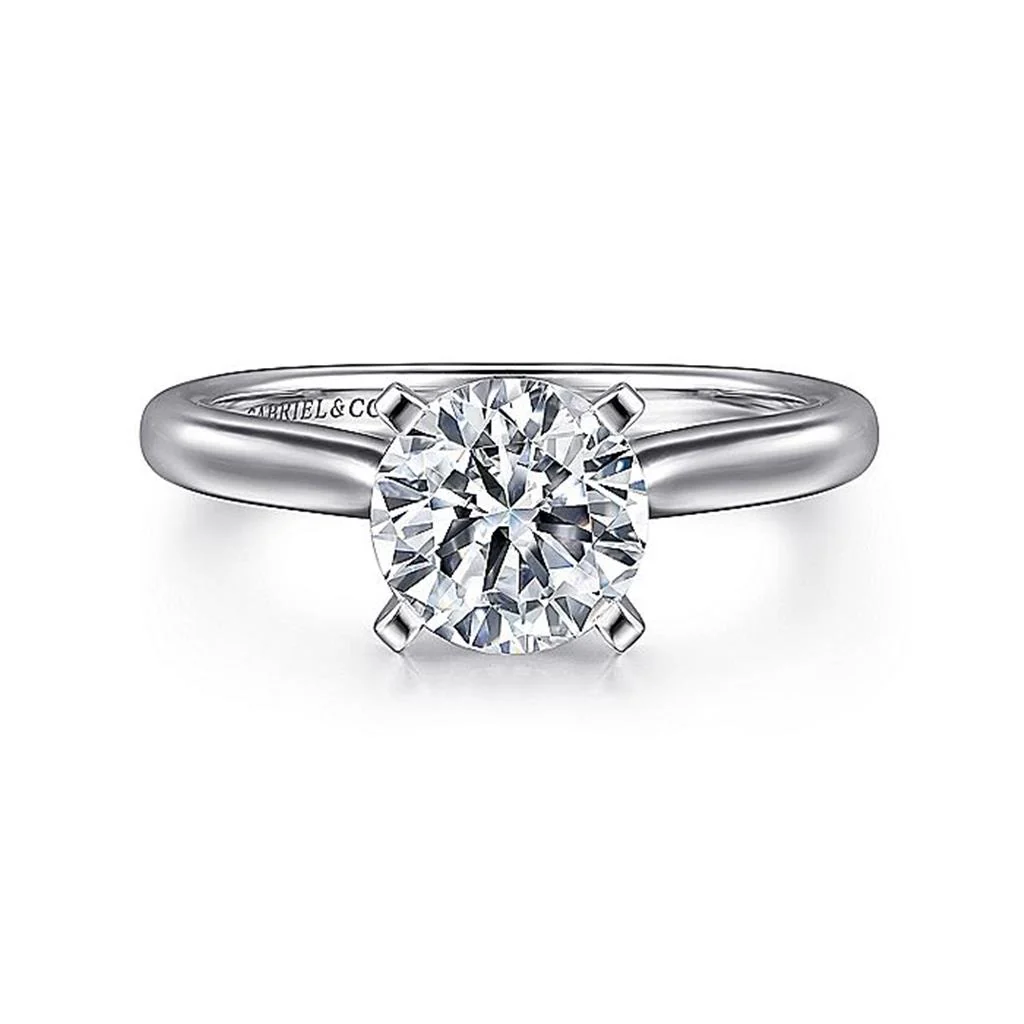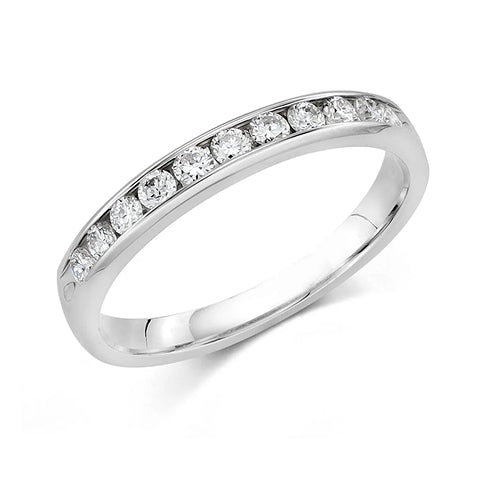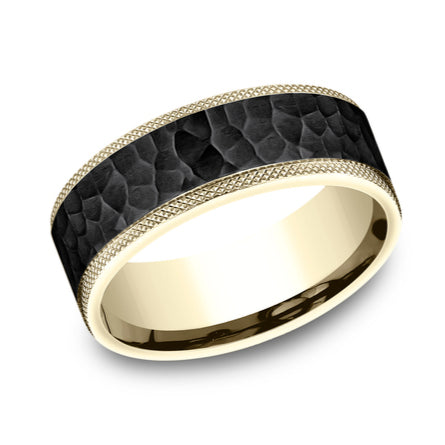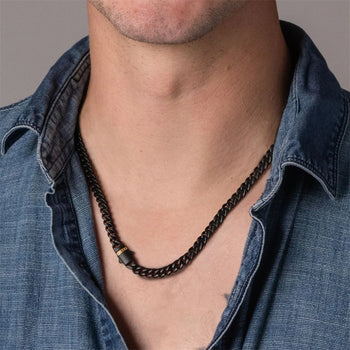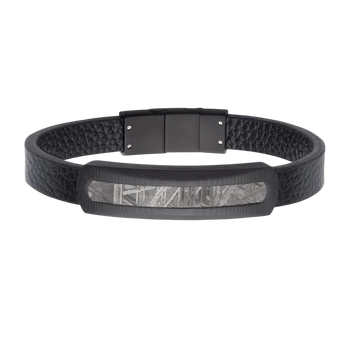
October Birthstone Guide: Opal & Tourmaline
Those born in October enjoy two spectacular birthstones to commemorate their birthday – tourmaline and opal. The October birthstone colors include a rainbow of hues, tones, and shades. From transparent to opaque, they have endless color combinations with stunning characteristics. Learn more about these two October birthstones and discover the perfect gift for those born in the tenth month.
Opal Birthstone Meaning and History
Opal is the traditional October birthstone. Its name originated in India from the Sanskrit word ‘upala,' meaning precious stone. In ancient Rome, this became opalus.
Most opals have shifting colors in rainbow hues — a phenomenon known as “play-of-color.” This dramatic play of color has inspired writers to compare it to fireworks, galaxies, and volcanoes.
Bedouins once believed opal held lightning and fell from the sky during thunderstorms. Ancient Greeks thought opals bestowed the gift of prophecy and protection from disease. Europeans long maintained opal was a symbol of purity, hope, and truth.
Opal is the stone given to celebrate the 14th wedding anniversary.
Where Is Opal Found?
The fields of Australia are the most productive in the world for opal. Ethiopia, Mexico, and Brazil are also important sources. Additional deposits are also in Central Europe, Honduras, Indonesia, Madagascar, Peru, Turkey, and the United States.
Australia is a source of white opal found in the White Cliffs area of New South Wales, and Mintabie, Andamooka, and Coober Pedy in South Australia. Queensland is the only known location for the prized Boulder opal.
In Ethiopia, the village of Wegel Tena, in Wollo Province, is known for an array of opal varieties. Gems unearthed here range in body color from white, yellow, orange, and brownish red to “chocolate” brown. Some of the opals show play-of-color. The mine in Ethiopia’s Shewa Province yields the coveted black opal, as well as orange, white, and crystal opals.
Querétero, a state in Mexico, is known for producing fire opal in yellow, orange, and reddish-orange to red, some with good play-of-color. The mines are a tourist destination, though getting there is an adventure along dirt roads, through dense pine and oak forests, past scrubby plateaus of cacti and shrubs, and up winding mountain roads.
Opal Birthstone Care and Cleaning
Opal quality depends on treatments and purity. Wax, plastic, and oil impregnation are common treatments to improve the look of lesser-quality opals. Opal doublets or triplets are fine slices of opal glued to a base material and covered with a thin dome of clear quartz. They are a great way to enjoy the look of an expensive opal without the high price tag.
Opal ranges from 5 to 6.5 on the Mohs scale of hardness. To prevent jewelry set with harder gems from scratching opal, store it by itself. Diamonds, rubies, sapphires, and emeralds are just a few gems that can scratch the October birthstone.
The safest way to clean Opal birthstone is with warm, soapy water. Other cleaning methods might damage the opal or filler material. Note that prolonged exposure to water may weaken the adhesive in opal doublets and triplets. Even natural opal can fracture if exposed to high heat or sudden temperature changes.
Tourmaline Birthstone Meaning and History
Tourmaline is the other October birthstone. The name comes from the Sinhalese word toramalli, which means "stone with mixed colors" because it often has multiple colors in one crystal. Very few gems match the dazzling array of colors found in tourmaline. Perhaps this is why ancient mystics believed it could inspire artistic expression — it has a color palette for every mood.
Among the most popular are the pink and red rubellites, the green “chrome” tourmalines, the pink and green watermelon tourmalines, and the neon green and blue-to-violet “paraíba” tourmalines.
Tourmaline wasn't recognized as a distinct mineral species until the 1800s. Before that, it was often mistaken for other gemstones. One of the “rubies” in the Russian crown jewels, the “Caesar’s Ruby” pendant, is actually red (rubellite) tourmaline. A Spanish conquistador found green tourmaline crystals in Brazil in the 1500s and confused the stones with emeralds.
Some believe different colors of tourmaline have healing properties. Black tourmaline protects the wearer and gives a sense of self-confidence. Pink tourmaline embodies love and is associated with compassion and gentleness. Green tourmaline promotes courage, strength, and stamina.
Tourmaline is the gift for an eighth wedding anniversary and is sometimes used in hair and beauty products.
Where Is the Tourmaline Found?
Most tourmaline comes from Brazil. Tourmaline mines can also be found in Afghanistan, Pakistan, the USA, and many African countries, including Kenya, Madagascar, and Mozambique.
California and Maine are historically important producers of fine tourmaline in the United States. They host several pegmatite districts. Pegmatite is the coarse-textured igneous rock from which most tourmaline is harvested.
Maine’s first tourmaline deposit of note was discovered in 1820 at Mount Mica by two young boys exploring the local area. Today, the Dunton mine, near Plumbago Mountain, is the most prolific producer of tourmaline in Maine.
In 1898, California’s first commercial tourmaline mine opened at the Himalaya pegmatite in the Mesa Grande district, famed for the production of fine rubellite tourmaline. Between 1902 and 1910, 120 tons of gem-quality rubellite tourmaline from San Diego mines was sent to Imperial China to feed Empress Dowager Cixi’s obsession with the vibrant color. With the death of Cixi in 1908 and the subsequent overthrow of the Qing dynasty, the heyday of tourmaline mining in California ended. Today, only a few mines in San Diego County produce gem-quality tourmaline.
Most of the tourmaline mined in Brazil comes from Minas Gerais. In the late 1980s, electric green, blue, and violet tourmalines entered the gem market from the Paraíba State. Scientists found that the intense colors came from trace amounts of copper, a previously unknown coloring agent in any other tourmaline.
In the early 2000s, Paraíba-type copper-bearing tourmaline from Mozambique and Nigeria entered the market. Prices for the best Paraíba and Paraíba-type tourmalines easily surpass other tourmaline gems due to their vivid hues, higher color saturation, and rarity.
Tourmaline Birthstone Care and Cleaning
The tourmaline birthstone is rated 7 to 7.5 on the Mohs hardness scale and is suitable for everyday wear. These colorful gems are stable enough to withstand light and most chemicals, but heat can be damaging. Clean tourmaline with warm, soapy water and a soft brush to keep your jewelry looking showroom-brilliant.
Choose Jeweler’s Touch
Now that you know more about the history of tourmaline and opal and where they come from, you might be inspired to add them to your collection. We take ethical gem sourcing seriously. Contact us today to learn more about our gems, how to assess the quality, or how to choose the right gem and color for you or a loved one.
At Jeweler's Touch, choose from our wide selection of contemporary and classic pieces. If you don't find something you like, ask us to design something new just for you. We have an on-site studio staffed with expert jewelers, plus a GIA-certified gemologist standing by to help.
Contact us today to schedule a free, no-obligation consultation.
- Tags: All Birthstone Guide Diamonds

